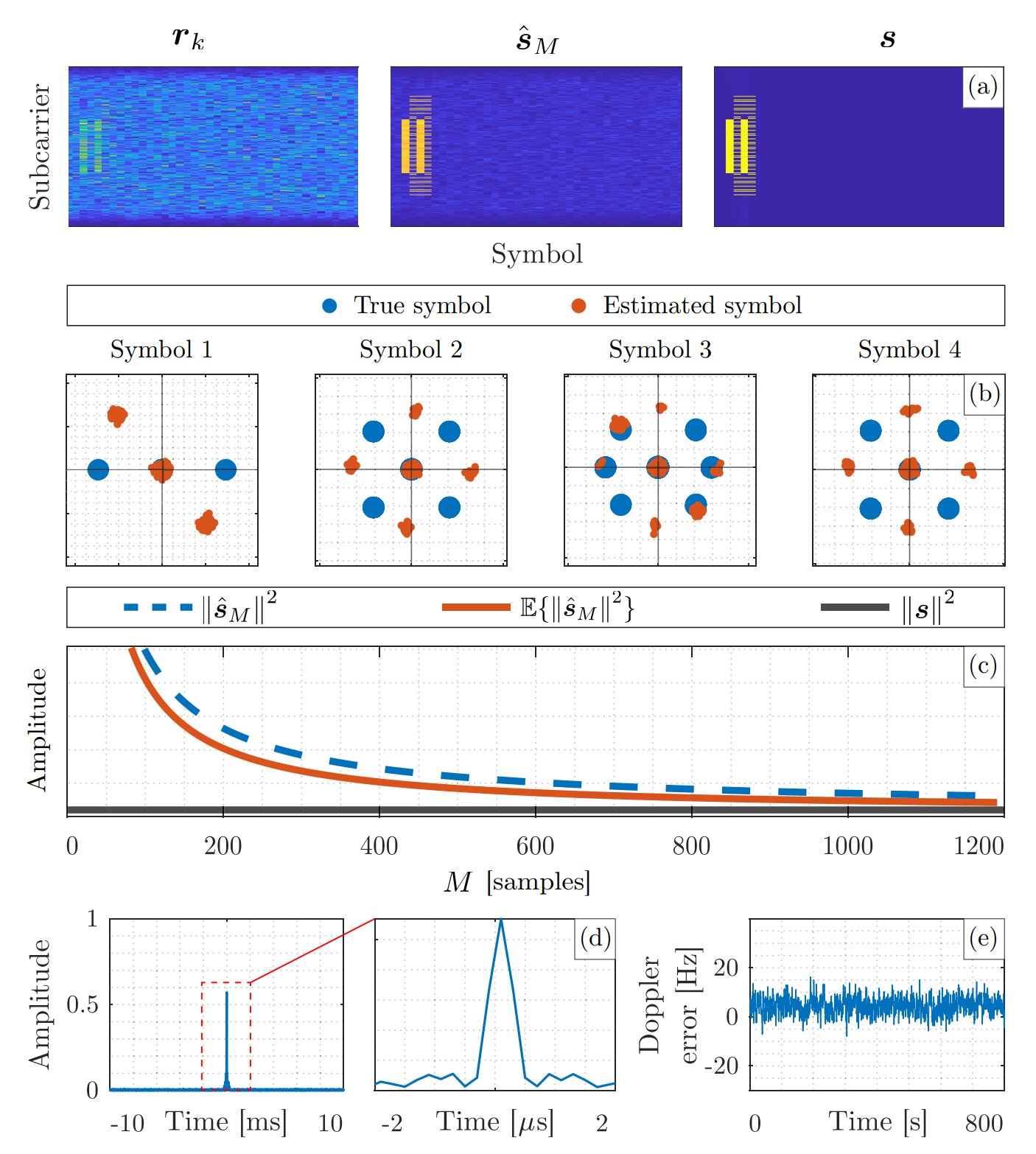Researchers have developed an algorithm that can locate any point on Earth using signals from multi-constellation Low Earth Orbit (LEO) satellites. The algorithm can exploit signals broadcast by Starlink, OneWeb, Orbcomm, and Iridium satellites, without assistance from the satellite operators.
The Study
Led by Zak Kassas, a professor of electrical and computer engineering at The Ohio State University, the study presented the first-ever exploitation of unknown OneWeb LEO satellite signals. Researchers found that their algorithm could achieve unprecedented accuracy in locating a stationary receiver on the ground. The algorithm could converge on a receiver with an error of only about 5.8 meters after listening to the signals of eight LEO satellites for about 10 minutes. The study won the Best Student Paper award at the IEEE/ION Position Location and Navigation Symposium (PLANS) 2023 conference in Monterey, California.
Implications of GPS
Positioning, navigation, and timing data from global navigation satellite systems (GNSS), or GPS, are essential for modern society. However, GPS signals are weak and susceptible to interference, making them unreliable in certain places such as indoor environments. GNSS signals are also spoofable, posing serious security risks in safety-critical applications, such as aviation. Kassas noted that technologies such as autonomous vehicles are beginning to amplify the limitations of our current GNSS systems.
LEO Satellites as an Alternative
Kassas’ work suggests utilizing signals from LEO satellites as an alternative for positioning, navigation, and timing needs. LEO satellites reside about 20 times closer to Earth than GNSS satellites, which reside in medium Earth orbit. According to Kassas, the technology could potentially usher in a new era of positioning, navigation, and timing. The researcher’s algorithm is agnostic to the LEO constellation and can listen to virtually any satellite signal, trains on the data it’s receiving on-the-fly, then deciphers certain features of the signal into location data.
The algorithm can estimate where the LEO satellites are in space and can locate points on Earth with an accuracy similar to GPS. Although a patent has been filed on the algorithm, the team plans to continue evolving its technical abilities.



Leave a Reply